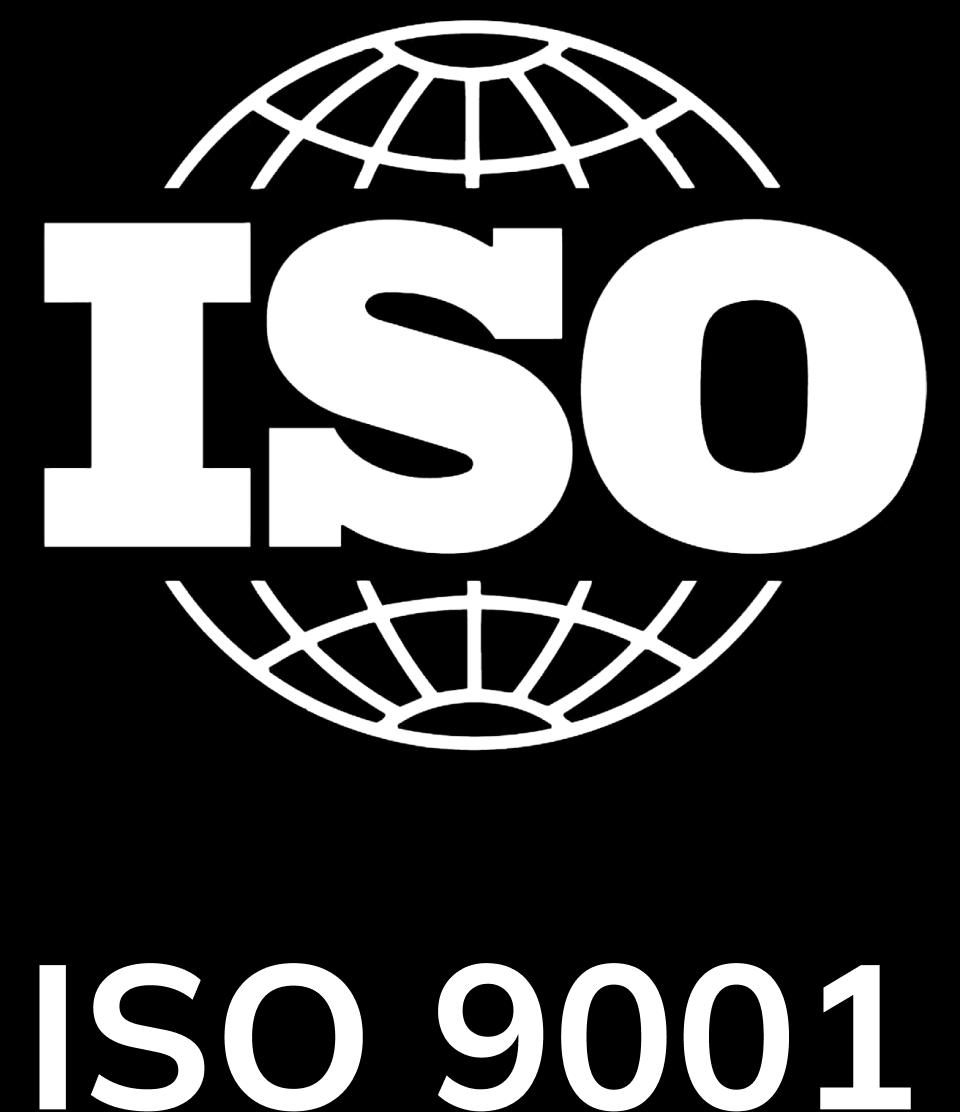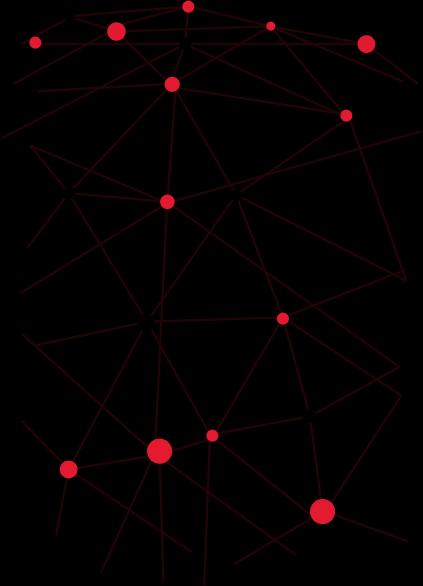
What is a programming language? Exploring popular programming languages
Programming languages play a foundational role in today's digital technology world. They enable people to create software, applications, websites, and computer systems to solve various problems across all fields. So, what exactly is a programming language? Let's explore this concept with Tokyo Tech Lab.
I. What is a programming language?
A programming language can be understood as a bridge that allows programmers to communicate with computers through code segments that the computer can understand and execute. Each programming language has its own syntax, structure, and rules. Programs written in programming languages can be translated into machine code through compiling or interpreting. Programmers use these languages to create software, applications, and websites to meet the demands of the digital technology era.
Some popular languages include python, java, c++, javascript, and ruby. These are widely used in information technology, artificial intelligence, software development, and various other fields.
II. The history and development of programming languages
The history of programming languages is closely tied to the advent of computers. In the 1800s, charles babbage developed the first computer model. Ada lovelace, a mathematician, wrote the first program for this computer to perform calculations.

In the late 1940s and early 1950s, the first programming languages like Fortran, Algol và Lisp were created, used for building scientific computing programs and device control.
In the 1960s, COBOL appeared and became a structured programming language that was easier to read and understand compared to the languages of that time.
In the 1970s, the c programming language was born and quickly became one of the most popular languages.
Over the next two decades, java and python emerged, along with the growth of web and online programming. Languages like php, javascript, and frameworks like ruby on rails and django were also developed.
Today, with the explosion of artificial intelligence, the internet of things (iot), and emerging technologies, programming languages continue to evolve and improve to meet future needs.
III. Why are programming languages important?
Programming languages are the core tools for creating software and applications. They enable programmers to write programs that solve problems, automate tasks, and build complex systems. Programming languages form the foundation for the development of information technology and artificial intelligence. They play a crucial role in creating digital products and services, driving progress across many fields.
IV. Structural components of a programming language
Understanding the components of a programming language is essential for anyone learning to program. This knowledge helps them use the language effectively. The structural components of a programming language include:
Character set: the character set of a programming language consists of the characters and symbols used to write the program code. This typically includes letters, digits, operators, keywords, special symbols, and whitespace. Each programming language has its own character set that aligns with its syntax.
Syntax: syntax refers to the set of rules that dictate how to arrange and structure the elements within a program. It ensures that programmers write code that is correct and free of syntax errors. Syntax rules include how to name variables, define functions, use control statements, operators, punctuation, and whitespace. Adhering to syntax rules is necessary for the program to execute correctly.
Semantics: semantics in a programming language concerns the meaning and purpose of the statements, expressions, and code structures. It is defined by the programming rules and the syntax of the language. Understanding semantics is crucial for developing and maintaining high-quality software applications.
V. Classification of programming languages
Programming languages today are generally classified into three main categories:
1. Machine language
Machine language, also known as machine code, is the most basic form of programming language. It is the foundational language for the central processing unit (cpu). Machine language is written entirely in binary code, consisting of sequences of bits, 0s and 1s. Each binary sequence represents a specific instruction that the cpu can understand and execute. This enables the processor to read and process instructions quickly and efficiently.
2. Assembly language
Assembly language is a type of low-level programming language. It is more complex and harder to remember compared to high-level languages. When programming with assembly language, support from various processors and an assembler tool is required to translate assembly code into machine language. As a result, assembly language is less commonly used in general software development but remains important for system programming, hardware control, and performance optimization.
3. High-level programming language
High-level programming languages are more independent and natural compared to machine and assembly languages. They do not rely on specific translators or supporting devices. Common high-level languages today include java, pascal, c, c++, php, and visual basic. Due to their flexibility and ease of use, high-level languages are often preferred for developing applications and services across multiple platforms.

In addition to the above classifications, programming languages can also be grouped based on their approach to building and executing programs:
- Structured programming language: these languages operate based on breaking down the main program into subprograms or modules. This approach results in clear and maintainable code structure.
- Procedural programming language: procedural languages follow a sequence of instructions that run from the start to the end of the program. This method is often the simplest approach for beginners in programming.
- Object-oriented programming language: these languages focus on objects. Each object in the program has its own attributes and methods, which helps in organizing the source code logically and efficiently.
VI. Popular programming languages today
Currently, programming languages play a vital role in developing intelligent applications and systems. Depending on the purpose and field of use, each programming language has its unique features and advantages. According to PYPL (popularity of programming language) research, here are some of the most commonly used programming languages today:

1. Types of web programming languages
Javascript: Javascript is a popular language in web programming, enabling the creation of complex interactions such as event handling, form validation, and dynamic content generation. Javascript can manipulate html and css content, create smooth web applications, and enhance interactivity.
Php (hypertext preprocessor): PHP is widely used for server-side web development and is extensively used in content management systems (cms) like wordpress and joomla. Php is easy to learn, has a large community, and abundant support resources.
Ruby: Ruby is a high-level, general-purpose programming language designed to simplify and enhance programming productivity. Developed by yukihiro "matz" matsumoto and first released in 1995, ruby is known for its readable and writable syntax and strong support for object-oriented programming. Ruby is often used with the ruby on rails framework, which provides many utilities and tools to speed up web application development.
Typescript: Typescript is an open-source programming language developed and maintained by microsoft. It is considered an extension of javascript, using javascript syntax while adding robust features such as static typing and object-oriented support to aid in handling types (data types).
2. Types of mobile programming languages
Swift programming language: Swift is the primary programming language for ios and macos, developed by apple. Swift is renowned for its clear syntax, safety, and high performance. It supports rapid development and easy maintenance of mobile applications.
Objective-c programming language: Objective-c is apple's older programming language for ios and macos applications. Although largely replaced by swift, objective-c is still used in some legacy projects and foundational libraries.
Kotlin programming language: Kotlin is a popular language for android application development. Developed by jetbrains and officially recognized by google in 2017, kotlin is a statically-typed, object-oriented language that runs on the jvm (java virtual machine) and is fully compatible with java.
Java programming language: Java is an object-oriented programming language developed by james gosling and his team at sun microsystems in 1991. Known for its flexibility, robustness, and ease of use, java is widely applied in software development, web development, game development, and mobile applications.
Dart programming language: Dart is the primary language for google's flutter framework. Flutter enables the development of high-performance, cross-platform mobile applications with beautiful user interfaces. Dart and flutter are becoming increasingly popular due to their flexibility and excellent cross-platform compatibility.
3. Types of game programming languages
C++ programming language: C++ is the most popular programming language in game development due to its high performance and excellent resource management. Many major game engines, such as unreal engine, are written in c++. C++ provides detailed control and performance optimization, making it the top choice for aaa games.
C# programming language: C# is the main language for unity, one of the most popular game engines today. C# is easy to learn and has a large supportive community, making it suitable for both beginners and large projects. Unity offers powerful tools and features that help speed up game development efficiently.
Lua programming language: Lua is a lightweight scripting language often used in game engines like corona sdk and love2d. Lua is easy to integrate and performs well for lightweight games, providing high scalability and customization.
4. Types of artificial intelligence (AI) programming languages
Python programming language: Python is the most popular language in ai, thanks to its rich libraries such as tensorflow, keras, pytorch, and scikit-learn. Python is easy to learn and has a large supportive community, facilitating the rapid and efficient development of ai applications.
R programming language: R is a specialized programming language for data analysis and statistics. R is widely used in ai research and development, offering many powerful tools for data analysis and visualization.
Lisp programming language: Lisp is a classical language in ai, particularly in expert systems and natural language processing (nlp). Popular versions of lisp include common lisp and scheme.
VII. Applications of programming languages in daily life
Programming languages play an immensely important role in today's modern technology world, with diverse applications across nearly all fields. Here are some of the main applications of programming languages in our lives today:

Software and application development: This is the most common use of programming languages. Programmers use these languages to write source code, build software programs, and applications to meet various human needs, ranging from office software to more complex applications like games, mobile apps, and web apps.
Web and mobile application development: With the rapid growth of the internet and mobile devices, programming languages have become crucial in developing websites, web applications, and mobile applications for platforms such as ios and android. Examples of the application of programming languages in web and mobile development include: javascript for web programming, java and kotlin for android app development, and swift for building ios applications.
Data analysis and artificial intelligence (AI): In the era of big data and ai development, programming languages like python, r, and matlab have become vital for data analysis and building complex ai models. They provide powerful libraries and tools for data processing, machine learning, and deep learning.
System programming and hardware interface: Low-level programming languages such as Assembly, and mid-level languages like C and C++, play a crucial role in the development of operating systems and hardware device drivers. These languages enable developers to directly and efficiently control and optimize the performance of fundamental hardware components. Compared to high-level languages, they provide more direct access to hardware resources, allowing for more precise and efficient management of these resources.
Automation and task processing: Commonly used programming languages such as python, perl, and ruby are often employed to write scripts and tools that automate repetitive or complex tasks. This helps save time, increase productivity, and reduce errors in workflows.
Game development and graphics: Programming languages like c++, c#, and java are crucial in game development and professional graphics applications. They provide suitable libraries and tools to create realistic graphics, sound, physics, and visual effects.
Iot programming (internet of things): With the development of iot and internet-connected devices, programming languages like python, javascript, and c++ are used to write software that controls and connects iot devices to management systems and the cloud.
VIII. Conclusion
Programming languages are the foundation of information technology and make significant contributions to modern life today. We hope this article has provided you with useful information about programming languages. Don’t forget to follow Tokyo Tech Lab for more great knowledge about information technology!
SHARE THIS ARTICLE
Author
Huyen TrangSEO & Marketing at Tokyo Tech Lab
Hello! I'm Huyen Trang, a marketing expert in the IT field with over 5 years of experience. Through my professional knowledge and hands-on experience, I always strive to provide our readers with valuable information about the IT industry.
More Posts



About Tokyo Tech Lab
Services and Solutions
Contact us
© 2023 Tokyo Tech Lab. All Rights Reserved.







